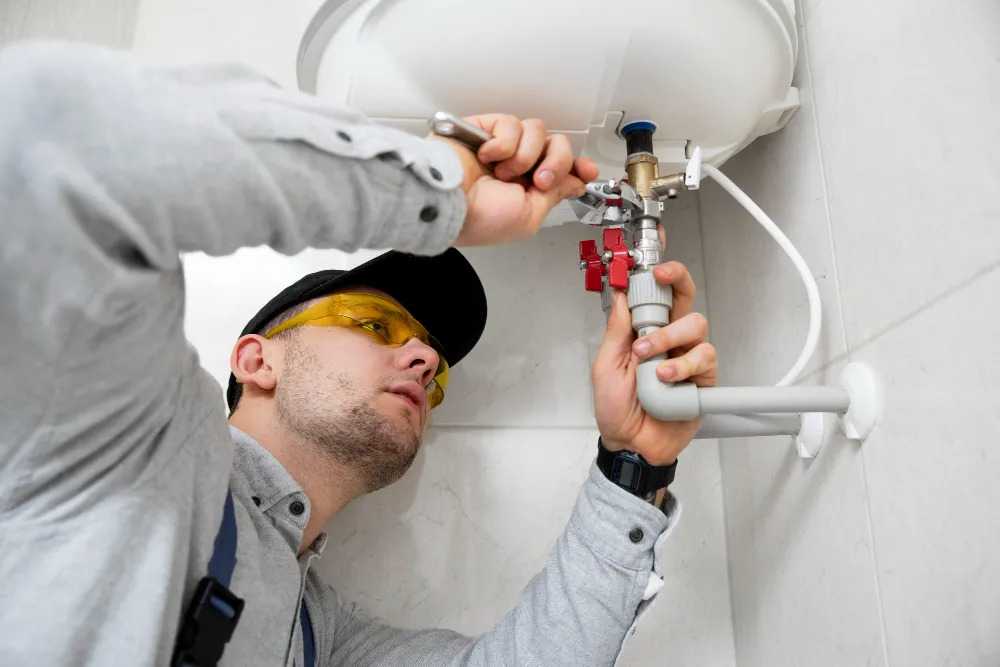Hot Water Cylinder Not Working? Expert Repair Tips You Need to Know
Hot water cylinders repair are a vital part of modern homes. They provide a steady supply of hot water for daily needs such as bathing, cooking, and cleaning. A malfunctioning hot water cylinder can disrupt daily life and cause inconvenience. Understanding the common issues and repair processes can help you address problems efficiently and restore functionality quickly.
Common Problems with Hot Water Cylinders
There are several problems that can occur with a hot water cylinder, such as:
Leaking Cylinder: The leak may be due to corrosion, cracks, or loose connections. Eventually, this will lead to wastage of water and damage to the surrounding areas.
No Hot Water: This is usually caused by a faulty thermostat, heating element, or power supply problems.
Lack of Hot Water: A partially working heating element or sediment accumulation in the cylinder can reduce the efficiency of heating.
Unusual Noises: Gurgling or banging noises may be a sign of air trapped in the system or excessive sediment accumulation.
Temperature Problems: Water is either too hot or not hot enough, which is usually due to a thermostat malfunction.
The Repair Process
Repairing a hot water cylinder requires professional expertise, safety, and efficiency. The steps involved are usually these:
Diagnosis: A qualified technician assesses the problem to be checked on the cylinder, thermostat, heating element, and connections.
Leak Repair: Many small leaks can be sealed; however, bigger cracks need the replacement of the cylinder.
Heating Element Replacement: If the heating element is faulty, it must be replaced and returned to normal heating of the water.
Thermostat Calibration or Replacement: Faulty thermostats are calibrated or replaced to deliver precise temperature.
Sediment Elimination: Solution in draining or flushing the cylinder to avoid sediment; enhanced efficiency and lengthy period of equipment life span
Preventive Tips for Maintenance
Annual Check-up: Annually maintain regular checks for the possibility of faults.
Cylinder Flush: Regularly flush the system to avoid sediment formation.
Temperature Settings Check: Set the thermostat at a safe and energy conserving temperature- usually to 60°C
Conclusion
Properly maintained hot water cylinders ensure uninterrupted supply of hot water and improve energy efficiency. Regular repairs and preventive maintenance do not only prolong the lifespan of the cylinder but also prevent costly replacements. In case, your hot water cylinder is malfunctioning, then just seek professional assistance to bring back its performance timely.
Link - https://booktheplumber.co.uk/s....ervices/hot-water-cy
